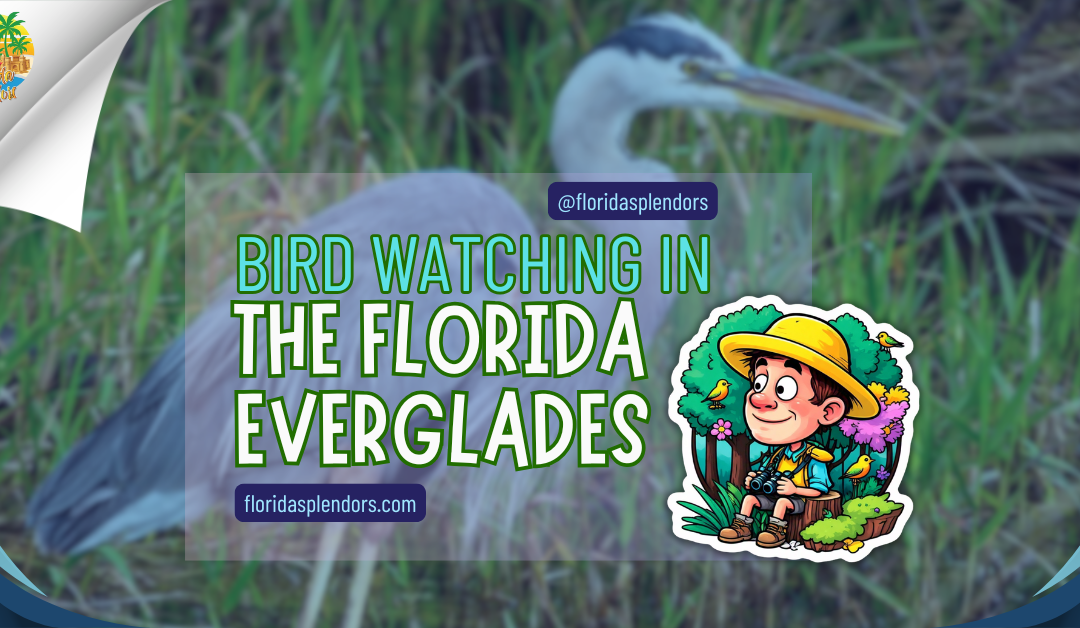==================
Florida Splendors is supported by our audience. When you purchase through one of our links, we may earn a small affiliate commission. As an Amazon Associate I earn from qualifying purchases. Your cost is not affected.
Bird watching in the Florida Everglades has been one of the most magical experiences of my life, and I can’t wait to share it with you. When I stepped into this vast subtropical wilderness, I was captivated by its beauty and the incredible variety of birds that call it home. From watching vibrant roseate spoonbills wade gracefully through the water to catching sight of a bald eagle soaring high above, every moment felt like a gift. The Everglades’ unique combination of marshes, mangroves, and open skies creates the perfect backdrop for birdwatching, whether you’re a seasoned birder or just starting.
What makes it even more special is how the Everglades allows you to connect with nature. I remember gliding quietly through the water, watching great blue herons hunt in the shallows, and being lucky enough to spot a snail kite in flight—it felt like a scene from a nature documentary. Whether you explore the trails, walk along the boardwalks, or take a guided boat tour, every visit promises a discovery. If you’ve ever wanted to experience bird watching in its purest, most breathtaking form, the Florida Everglades is the place to be. Let me take you on this journey—you won’t regret it.
Exploring the Birdwatcher’s Paradise: The Florida Everglades
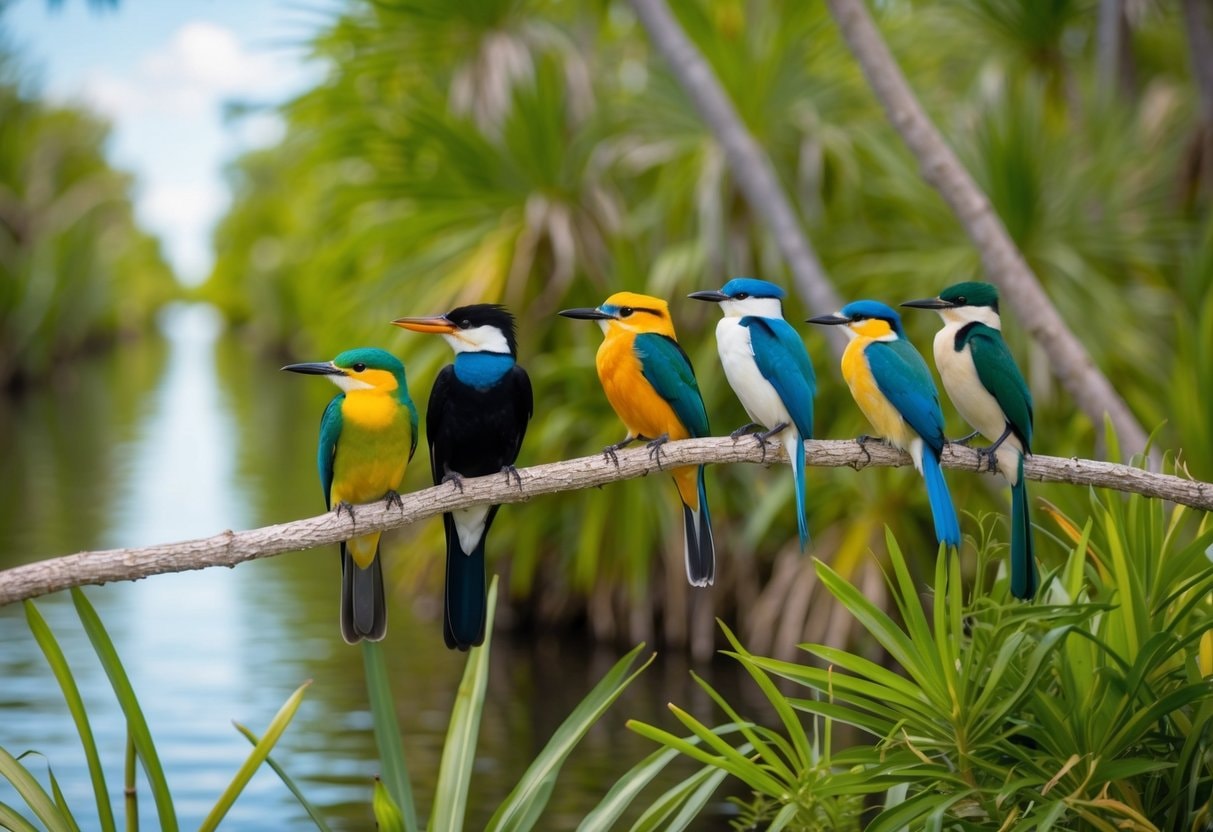
Bird watching in the Florida Everglades offers a unique chance to see amazing birds up close. The Everglades are home to over 300 bird species, making it a top spot for birders. In their natural habitat, you can see many rare and beautiful birds like herons, egrets, and even flamingos.
The Everglades have different areas where birds live. Some birds stay year-round, while others only visit during certain seasons. This means you can see different birds depending on when you go. The best time to watch birds is from December to March when it’s drier, and birds gather near water.
To start bird watching in the Everglades, you just need a pair of binoculars and a bird guide. Many trails and spots in the park are great for seeing birds. The Anhinga Trail is a good place to begin. Remember to respect the birds and their homes while you enjoy watching them.
Key Takeaways
-
The Everglades are home to over 300 bird species, making it a top spot for bird watching.
-
December to March is the best time to see birds in the Everglades.
-
Binoculars and a bird guide are all you need to start your bird-watching adventure.
Exploring Everglades National Park
Everglades National Park offers amazing bird-watching opportunities. You can spot hundreds of bird species in diverse habitats across the park’s 1.5 million acres.
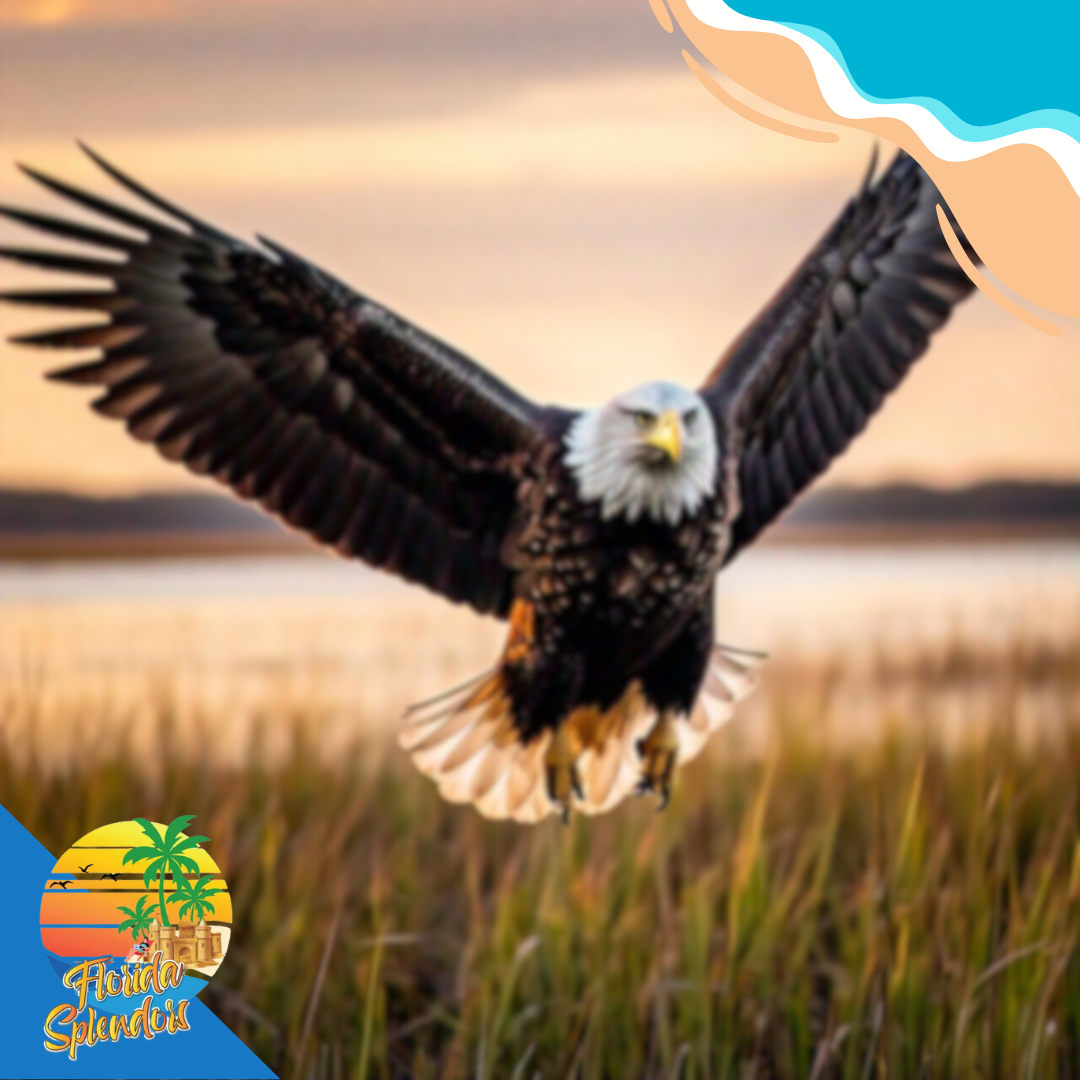
A Haven for Birdlife
The Everglades is home to over 300 bird species. You’ll see wading birds like herons and egrets in shallow waters. Ospreys and bald eagles soar overhead.
In winter, many migratory birds arrive. Look for colorful warblers in the hammocks. Ducks and coots gather in marshes. The Anhinga is a park icon. You’ll often spot these “snake birds” drying their wings on branches. Endangered wood storks nest in the park. Roseate spoonbills add splashes of pink to the landscape.
Best Trails for Bird Watching
The Anhinga Trail is a top spot for bird watching. It’s an easy 0.8-mile loop with lots of wildlife. Shark Valley offers a 15-mile loop. You can walk, bike, or take a tram. Bring binoculars to spot birds in the sawgrass marsh.
Eco Pond Trail is great for wading birds. It’s a short 0.5-mile loop near Flamingo. Mahogany Hammock Trail lets you see songbirds in the hardwood forest. It’s a 0.5-mile boardwalk.
Navigating Florida Bay and Coastal Areas
Florida Bay is a shallow estuary teeming with birdlife. You can explore by boat or kayak. Look for brown pelicans diving for fish. Magnificent frigatebirds soar on the thermals above. Mangrove forests line the coast. They’re home to many birds, including:
-
White ibis.
-
Great blue herons.
-
Yellow-crowned night herons.
Snake Bight Trail leads to a scenic bay view. It’s a 1.6-mile path through mangroves. Flamingo Marina offers boat tours. You might spot reddish egrets doing their unique dance-like fishing.
Understanding Florida’s Unique Bird Species
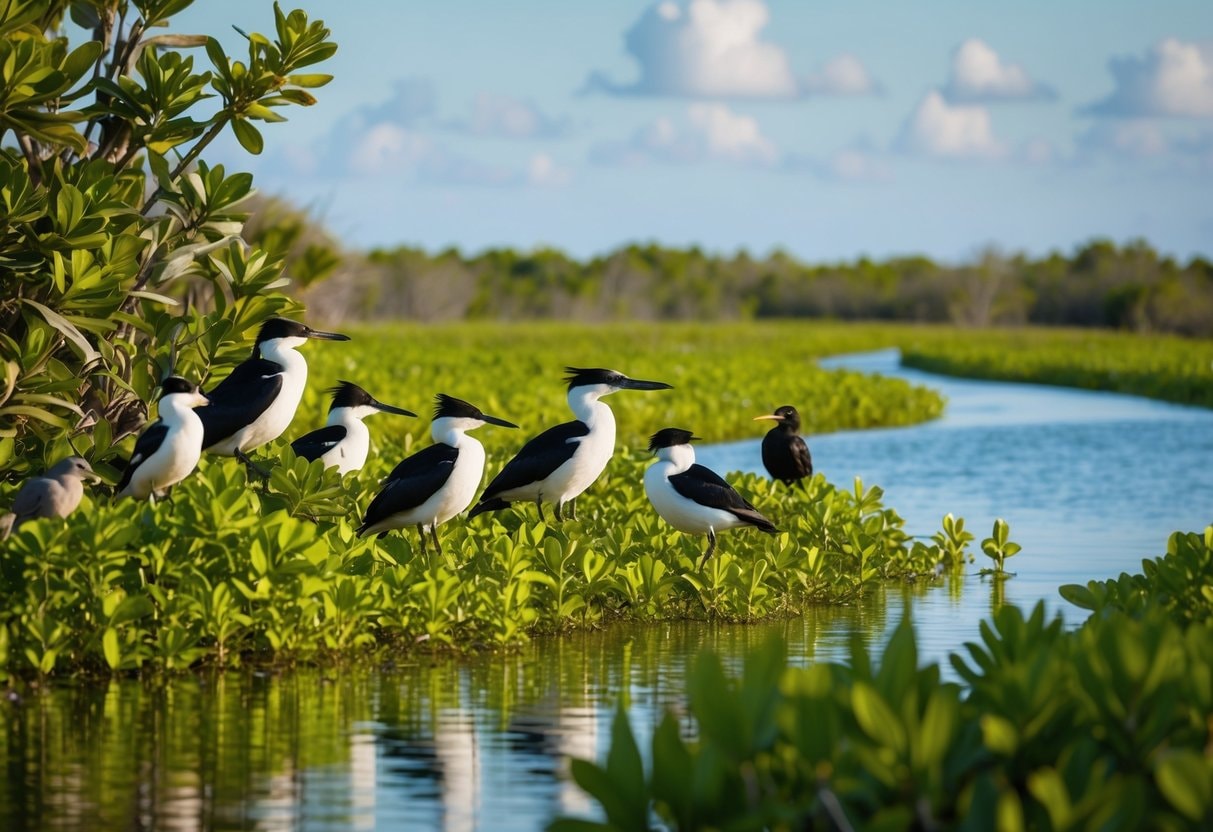
Bird Watching in the Florida Everglades is an incredible experience, as this unique ecosystem is home to a diverse array of bird species. You can spot wading birds in shallow waters, migratory birds passing through, and impressive birds of prey soaring overhead.
Wading Birds of the Everglades
When you visit the Everglades, you’ll see many wading birds in shallow waters. Look for the tall Great Blue Heron with its long neck and legs. You might spot the pink Roseate Spoonbill using its unique bill to feed.
The striking white Great Egret is a common sight. Keep an eye out for the smaller Snowy Egret with its yellow feet. With its bald head, the Wood Stork is another interesting species to watch for. These birds often stand still, waiting to catch fish or other small prey. You can observe their graceful movements as they wade through the water.
Migratory Birds and Year-Round Residents
The Everglades welcomes both migratory birds and year-round residents. You’ll see more species in winter as birds fly south to escape the cold. Look for colorful warblers in the trees and bushes. You might spot the Yellow Warbler or the Palm Warbler. The American Robin is a common winter visitor.
Year-round, you can see the bright Purple Gallinule walking on lily pads. The Anhinga, often seen drying its wings, is another permanent resident. Listen for the loud call of the Red-bellied Woodpecker in wooded areas. Wetland areas are great spots to see ducks like the Blue-winged Teal. In open grasslands, you might catch a glimpse of the Eastern Meadowlark.
Birds of Prey and Raptor Watching
The Everglades is an excellent place to see birds of prey. Look up to spot these powerful hunters circling overhead or perched in trees. The Osprey is a common sight near water, diving to catch fish. You might see the larger Bald Eagle soaring high or nesting in tall trees. The Red-shouldered Hawk is often heard before it’s seen, with its distinctive call.
Watch for the American Kestrel, North America’s smallest falcon in open areas. At dusk, you might spot the silent flight of Barred Owls as they hunt. These raptors play a crucial role in the Everglades ecosystem. Watching them hunt and interact with their environment is a thrilling experience for any bird enthusiast.
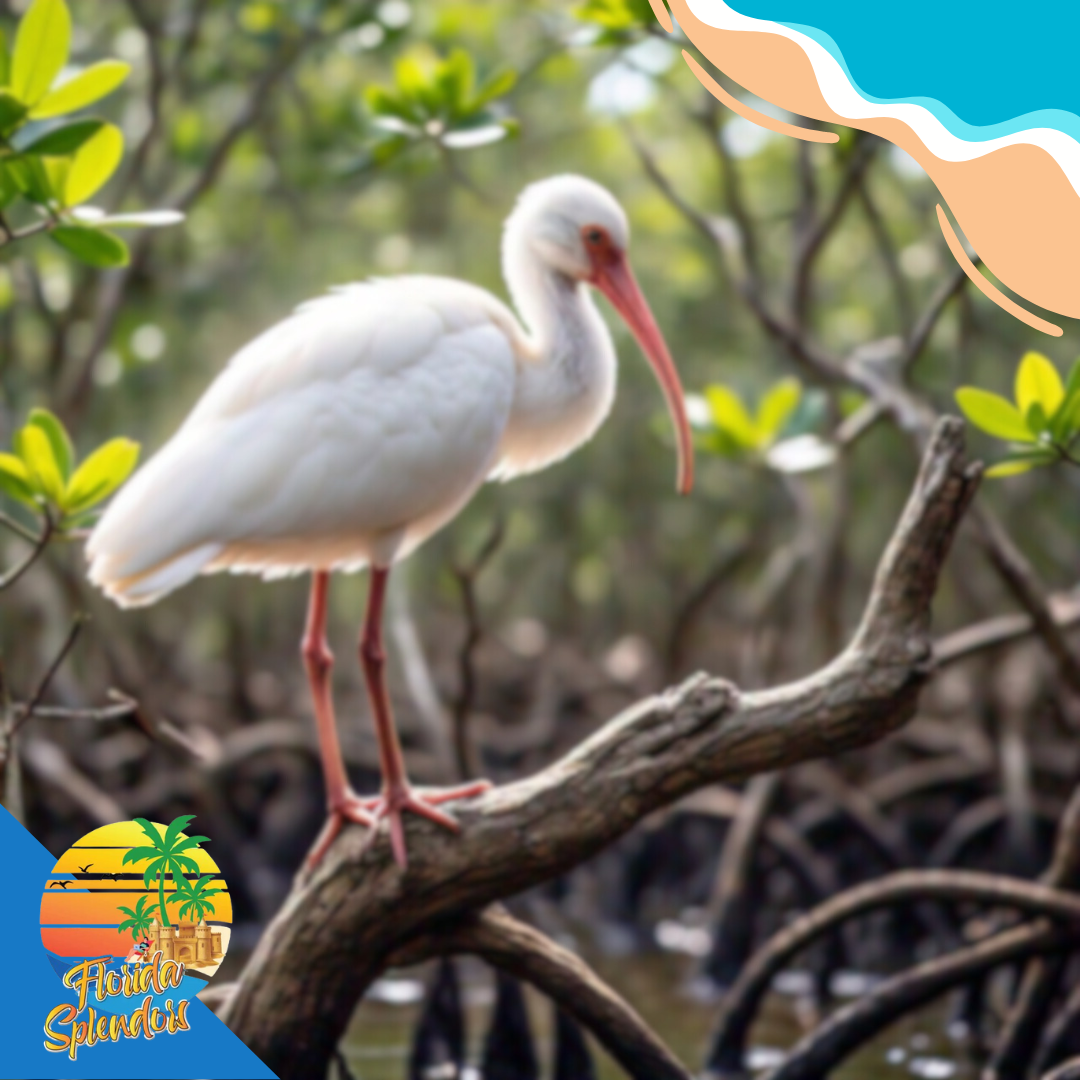
What's Inside
Winged Wonders Await: Your Everglades Bird-Watching Adventure
Get ready for an exciting adventure in the Everglades! You’ll need to plan carefully to make the most of your bird-watching trip. You have several options for places to stay near the Everglades. Book your trip for winter or early spring. This is when many migratory birds visit. The weather is also more pleasant during these months.
Spotlight on Key Habitats
The Everglades offers a diverse array of habitats that make bird watching in the Florida Everglades a remarkable experience. These unique ecosystems provide essential food, shelter, and breeding grounds for resident and migratory birds.
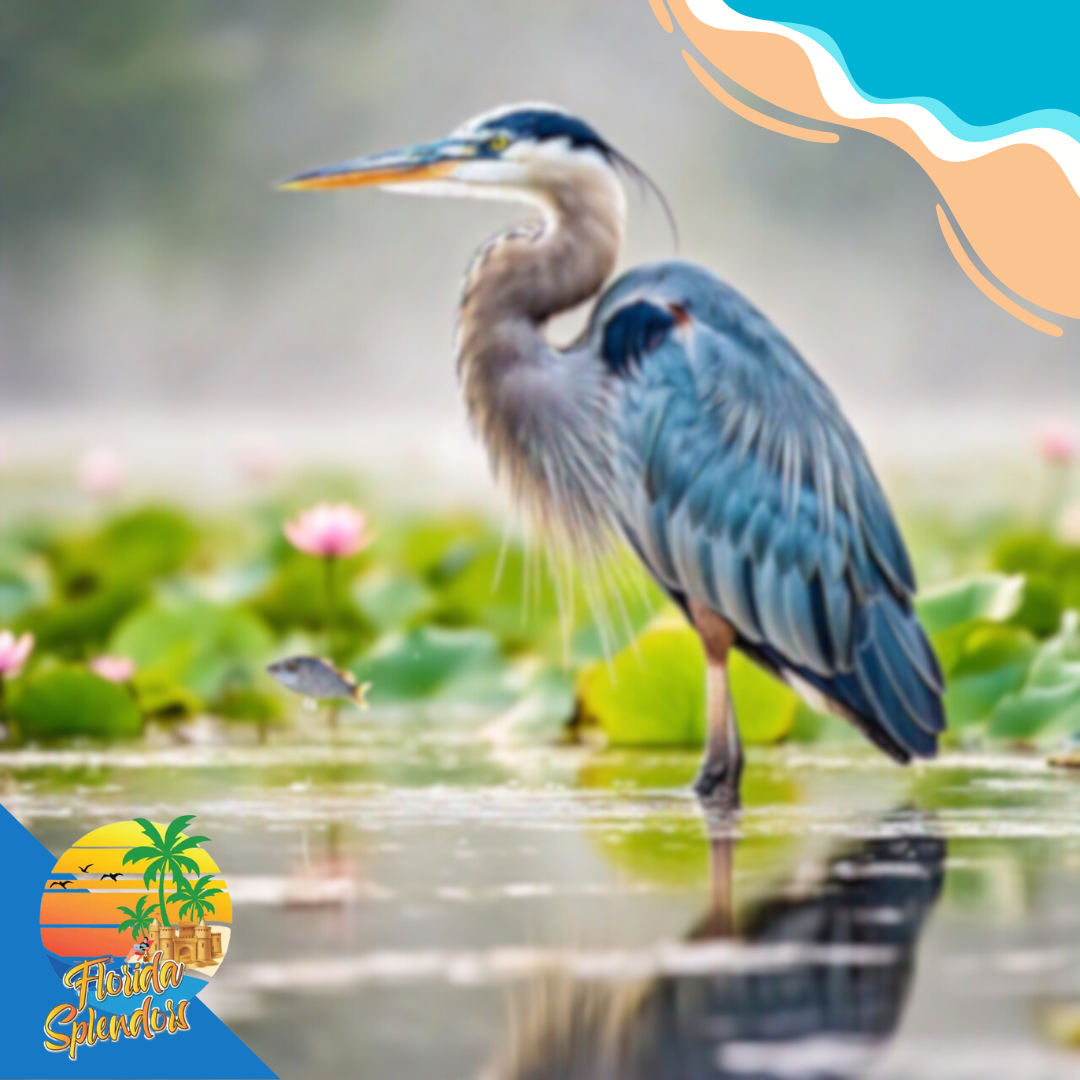
The Significance of Sawgrass Marshes
Sawgrass marshes are the heart of the Everglades. These vast, grassy wetlands stretch as far as the eye can see. You’ll find many wading birds here, such as herons and egrets. The Anhinga Trail is a great spot to observe birds in this habitat. Keep an eye out for anhingas drying their wings on branches. Sawgrass plays a crucial role in the ecosystem. It filters water and provides cover for smaller animals. This creates a rich food web that supports many bird species.
Mangrove Forests and Estuarine Ecosystems
Mangrove forests line the coast where freshwater meets the sea. These trees create a unique habitat for birds and fish alike. You might spot pelicans, ospreys, and even bald eagles here. The tangled roots of mangroves offer protection for young fish.
This attracts fishing birds like herons and egrets. The 10,000 Islands area is a prime spot for viewing these coastal birds. Mangroves also help prevent erosion and filter pollutants from the water. This maintains a healthy ecosystem for all wildlife.
Freshwater Ponds and Eco-Systems
Freshwater ponds dot the Everglades landscape. These small bodies of water are magnets for birds. Paurotis Pond, Mrazek Pond, and Eco Pond are popular spots for birdwatching. At these ponds, you might see:
-
Wood storks.
-
Roseate spoonbills.
-
Various ducks.
The ponds provide essential drinking water and feeding areas. Many birds nest in nearby trees, creating bustling bird communities. These ecosystems support a wide range of life beyond birds. Turtles, fish, and insects thrive here, forming a complex food web.
Bird Watching in the Florida Everglades: Conservation Efforts
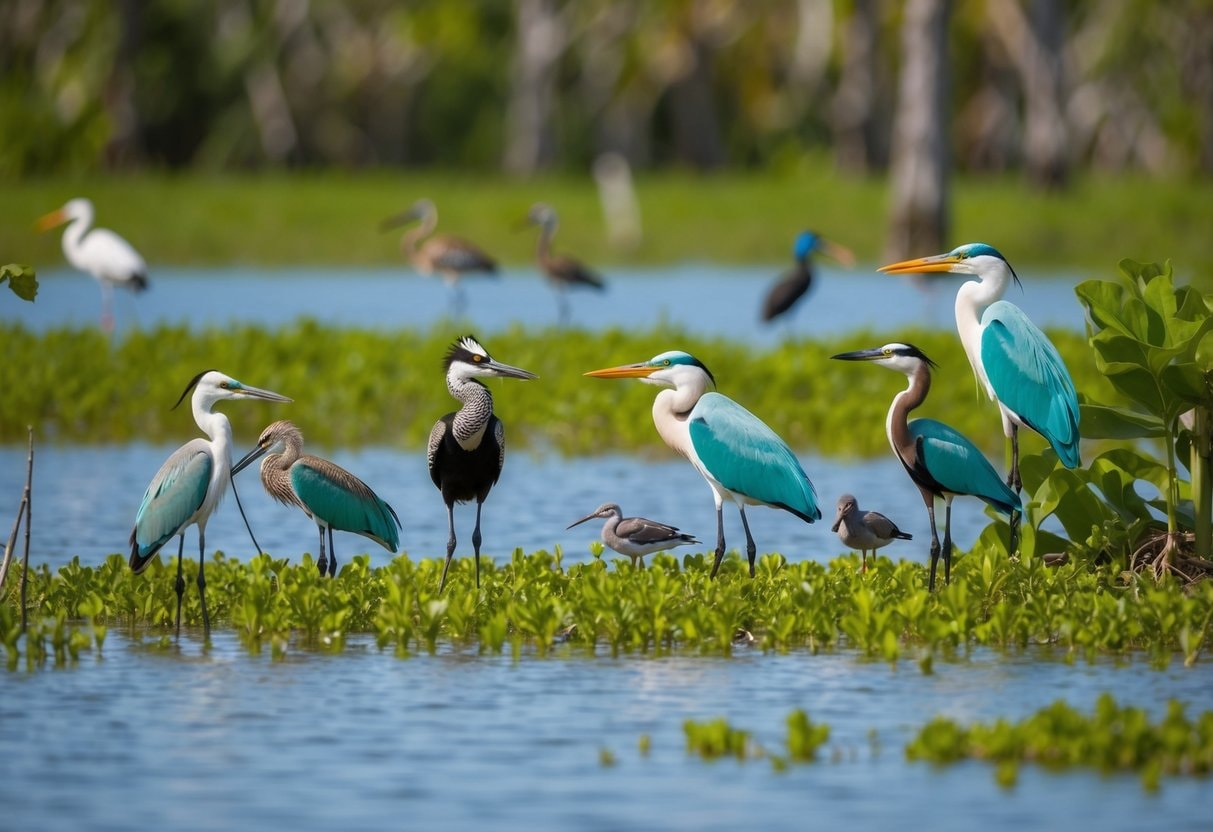
The Everglades face many challenges, but people work hard to protect this special place. You can help, too! Let’s look at how folks are trying to save the Everglades and its amazing birds.
Protecting Bird Populations
Bird populations in the Everglades need our help. Groups like Audubon Florida are leading the charge. They watch over breeding colonies of Wood Storks, Roseate Spoonbills, and other wading birds.
You can spot these beautiful creatures thanks to these efforts. Habitat protection is key. People are working to restore wetlands and improve water quality. This gives birds better places to nest and find food.
Climate change is a big worry. Rising sea levels could hurt bird homes. But smart planning can help birds adapt. You might see new nesting spots created just for them!
Importance of the National Park Service
The National Park Service plays a huge role in keeping the Everglades healthy. They manage Everglades National Park, which covers 1.5 million acres. Rangers work hard to stop harmful plants and animals from taking over. They also teach visitors about the park’s special creatures.
You can join ranger-led programs to learn more! The park helps protect drinking water for millions of people. It also guards against floods and storms. When you visit, you’re supporting this important work.
Role of Local Communities
You and your neighbors are vital to saving the Everglades. Local groups organize clean-ups and planting days. These help improve habitats right in your backyard.
Schools teach kids about the importance of Everglades. You might see students doing science projects in local wetlands. This builds a new generation of Everglades defenders.
Some folks volunteer to count birds or report problems. Your eyes and ears can spot issues early. By working together, communities make a big difference for the Everglades and its feathered friends.
Year-Round Vs. Seasonal Bird Watching
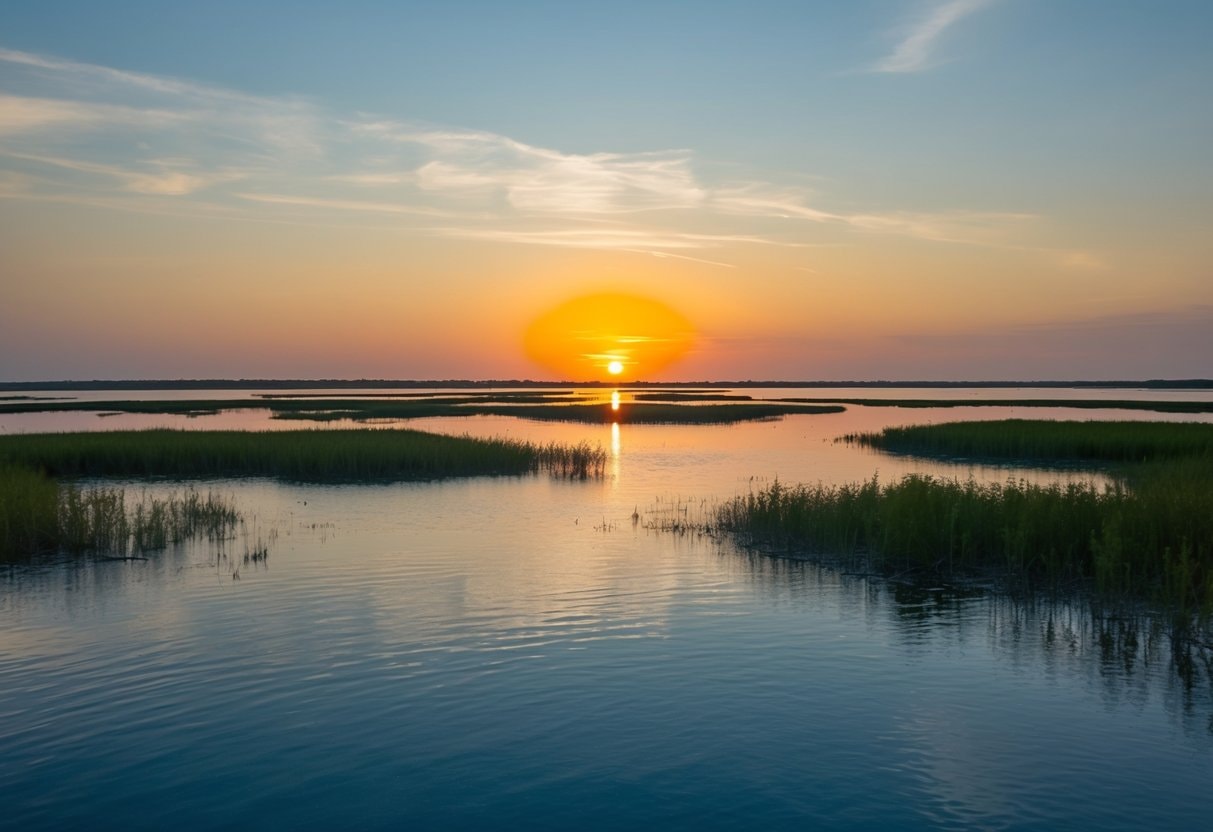
Bird Watching in the Florida Everglades offers amazing opportunities throughout the year. Different seasons bring unique species and behaviors to observe. Knowing when to visit can greatly enhance your birding experience.
What to See and When to Visit
You can spot birds in the Everglades anytime, but certain periods are extra special. Winter brings many unique birds escaping colder places up north. From December to March, you’ll see the most variety. Spring and fall are exciting for watching migratory birds pass through.
Keep an eye out for colorful warblers and other songbirds during these times. Summer has fewer birds, but you can still see interesting species that tough out the heat. Look for wading birds like herons and egrets in the wetlands.
Understanding the Birding Calendar
The Everglades birding calendar follows nature’s rhythms:
-
Winter (Dec-Feb): Peak season with most species present.
-
Spring (Mar-May): Migration time, new arrivals daily.
-
Summer (Jun-Aug): Fewer birds, but nesting activity to watch.
-
Fall (Sep-Nov): Return of migratory birds, cooler weather.
Water levels change with seasons, affecting where birds gather. In dry times, they concentrate around remaining water sources, making them easier to spot.
Events and Festivals for Bird Watchers
You can join fun birding events throughout the year in the Everglades area. These gatherings are great for learning and meeting fellow bird enthusiasts. The Space Coast Birding and Wildlife Festival in January is a big hit. It offers guided tours, workshops, and a chance to see winter visitors.
Many ranger programs focus on birds during peak seasons. Check the park’s schedule for bird walks and talks during your visit. Local Audubon chapters often host bird counts and nature walks. These events let you contribute to citizen science while enjoying the park’s birdlife.
Equipment and Resources for Birders
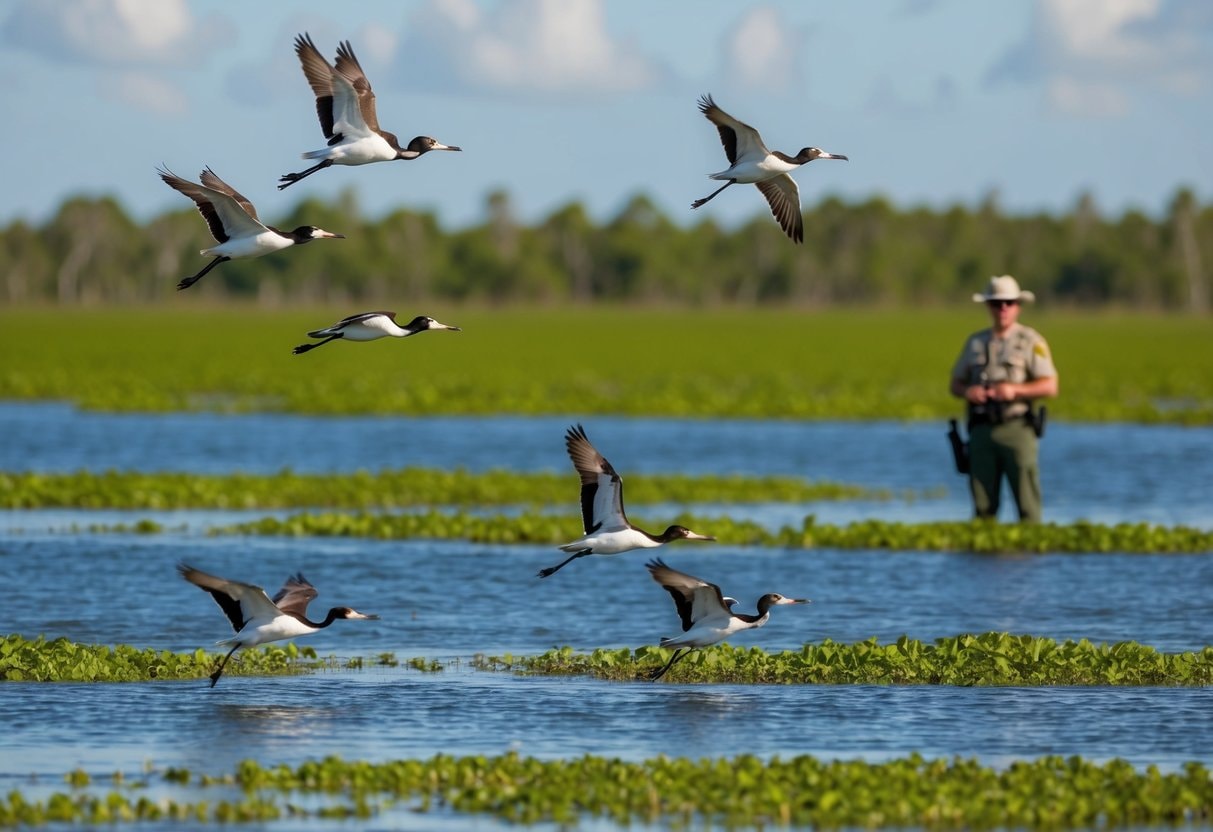
Having the right gear and knowledge is key when enjoying bird watching in the Florida Everglades. You’ll need proper optics, guides, and an understanding of birding ethics. Photography skills can also enhance your experience.
Choosing the Right Optics and Field Guides
Good binoculars are a must for spotting birds in the Everglades. Look for 8×42 or 10×42 magnification to balance power and field of view. Water-resistant models are ideal for humid climates. A sturdy spotting scope can help you see distant birds in more detail. Don’t forget a tripod to keep it steady! Field guides are your best friend. Choose one specific to Florida birds. Apps like Merlin Bird ID or eBird can be handy digital alternatives. Pack these essentials:
-
Binoculars.
-
Field guide.
-
Spotting scope (optional).
-
Smartphone with birding apps.
Bird Watching Etiquette and Ethics
Respect for wildlife and fellow birders is crucial. Keep a safe distance from birds to avoid disturbing them. Use designated trails and boardwalks to protect habitats. Avoid using recorded bird calls excessively. This can stress birds and disrupt their natural behavior. Be mindful of other visitors. Keep noise to a minimum, and don’t block paths with your equipment. Remember these tips:
-
Stay on marked trails.
-
Don’t feed the wildlife.
-
Use bird calls sparingly.
-
Share viewing spots with others.
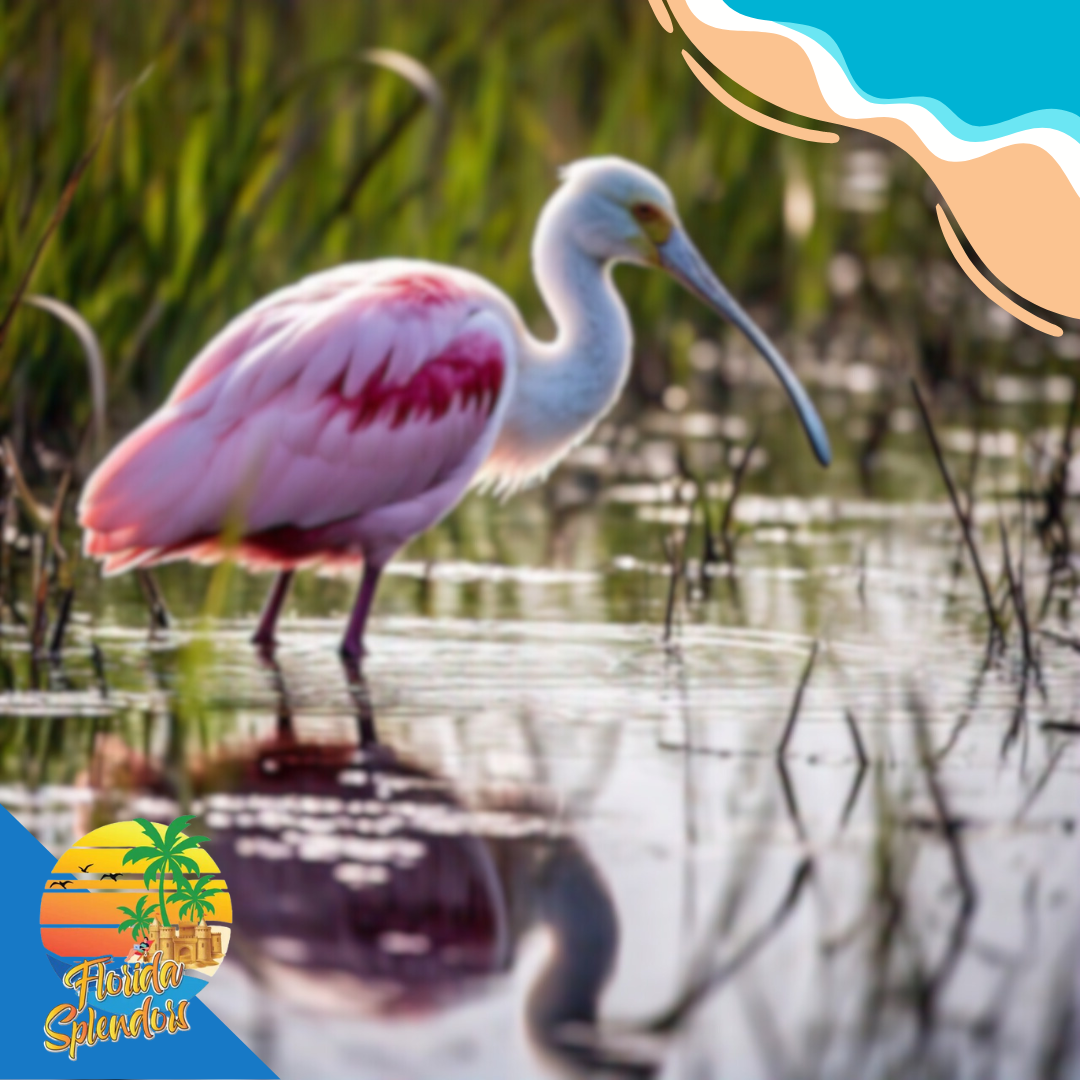
Wildlife Photography Tips for Birders
Capture stunning bird photos with the right techniques. A camera with a long zoom lens (at least 300mm) is ideal for bird photography. Use a fast shutter speed to freeze motion. Try 1/1000th of a second or faster for flying birds. Early morning and late afternoon offer the best light. Position yourself with the sun at your back when possible. Practice these techniques:
- Use burst mode for action shots.
- Focus on the bird’s eye.
- Be patient and wait for the perfect moment.
Remember to enjoy the experience. Don’t let photography distract you from the beauty of bird-watching in the Everglades!
Here’s an additional video about bird watching in the Everglades:
By: Wild Chapter
Embracing the Magic of Bird Watching in the Florida Everglades
Bird watching in the Florida Everglades is an unparalleled experience, offering breathtaking encounters with nature and a unique connection to this diverse ecosystem. From spotting vibrant wading birds in sawgrass marshes to observing majestic raptors soaring above, every visit unveils something extraordinary. The Everglades’ rich habitats, like mangrove forests and freshwater ponds, create a sanctuary for over 300 bird species, making it a haven for bird enthusiasts.
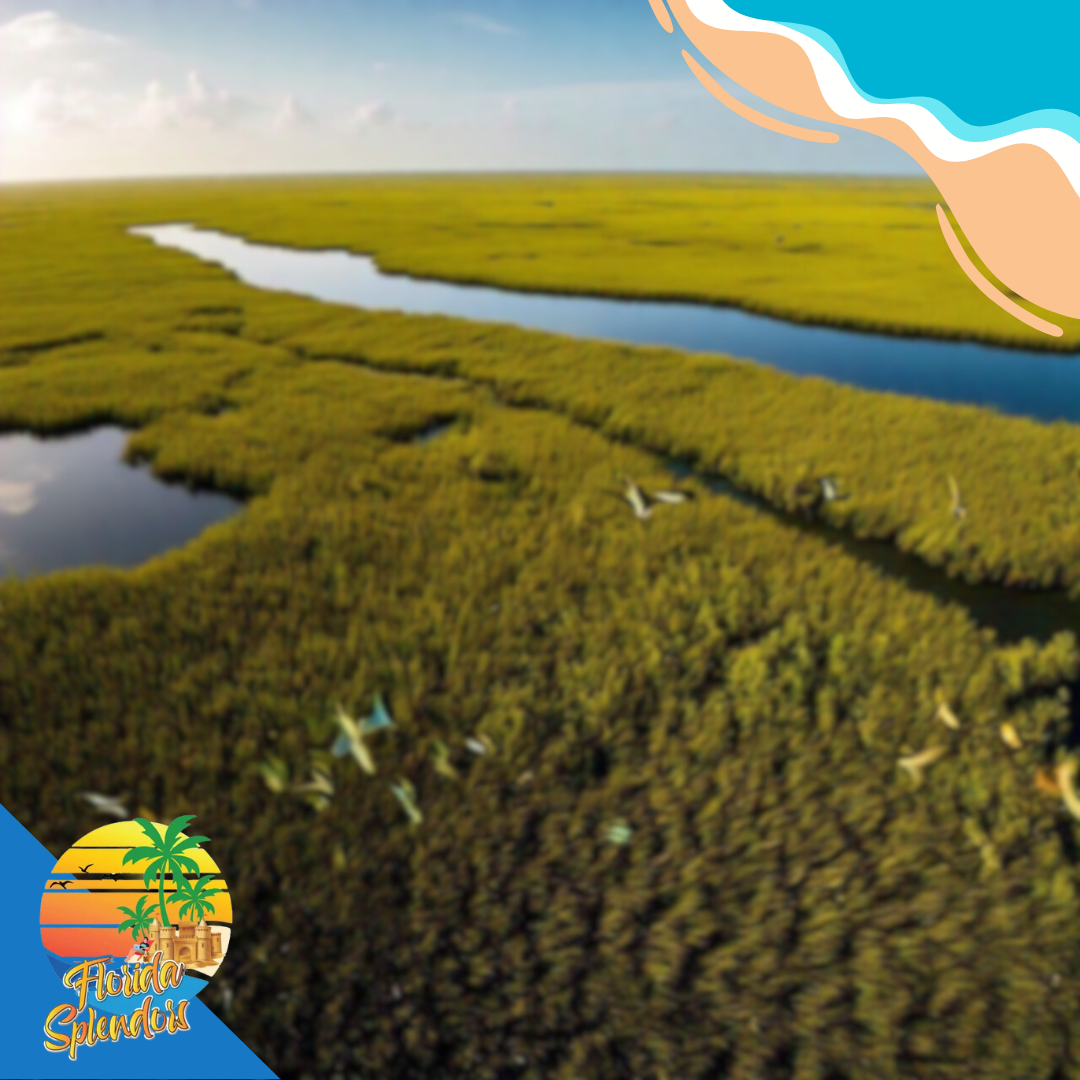
Beyond its beauty, the Everglades is a reminder of the importance of conservation. Efforts to protect these wetlands ensure that future generations enjoy this birdwatcher’s paradise’s magical sights and sounds. Whether you’re a seasoned birder or just starting, the Florida Everglades invites you to discover its wonders and create memories that will last a lifetime.
Frequently Asked Questions
The Florida Everglades offers amazing bird-watching opportunities. Here are some key things to know before your trip.
What Are the Top Spots for Bird Watching in the Everglades National Park?
Everglades National Park has several great bird-watching spots. The Royal Palm area is excellent for seeing wading birds. The Flamingo area is perfect for spotting coastal and marine birds. You can also try the Anhinga Trail or Eco Pond for diverse bird sightings.
Can You Suggest Some Birding Tours Specifically in the Everglades?
You can join guided birding tours in the Everglades. These tours often include boat rides through mangrove tunnels and sawgrass prairies. Expert guides help you spot and identify various bird species. Some tours focus on specific areas like the 10,000 Islands region.
What Time of Year is Ideal for Observing the Greatest Variety of Birds in the Everglades?
Winter is the best time for bird watching in the Everglades. From November to April, you’ll see the most variety. Many migratory birds arrive during this period. The cooler weather also makes outdoor activities more comfortable.
Eager to Explore Florida’s Best-Kept Secrets?
Become part of the Florida Splendors community and dive into a journey of adventure and discovery! Find hidden gems, bond with like-minded explorers, and share your love for the Sunshine State. From serene kayaking adventures and sun-soaked beaches to the excitement of lively cities, there’s something here for everyone!
Follow us on:
Let’s embark on Florida’s greatest adventures together!

